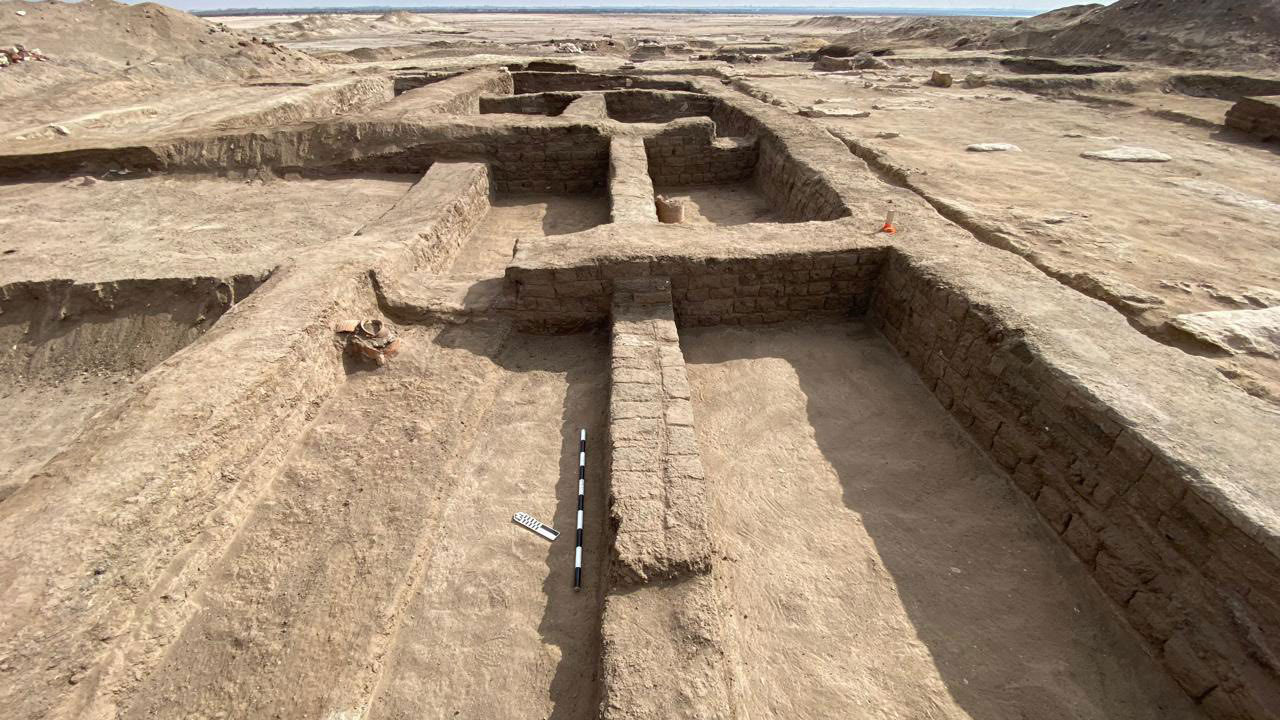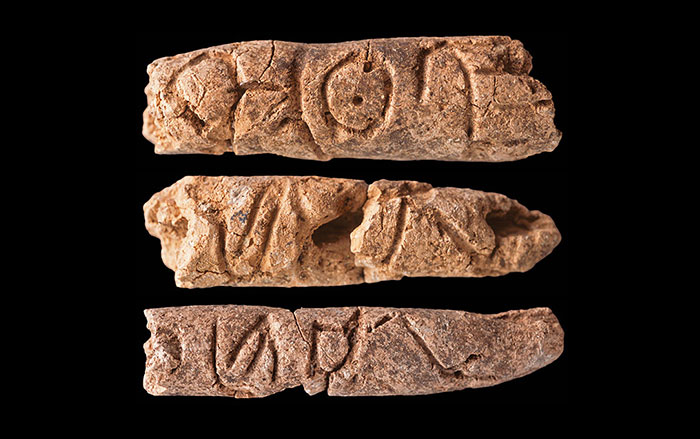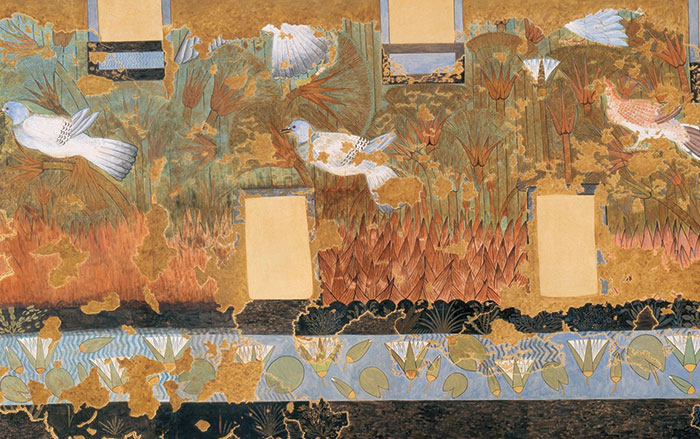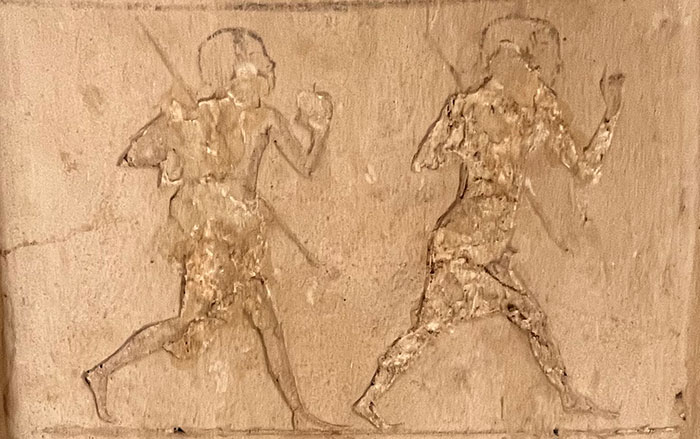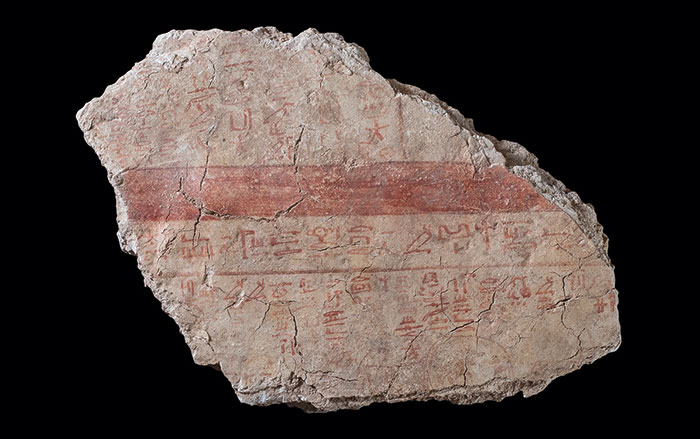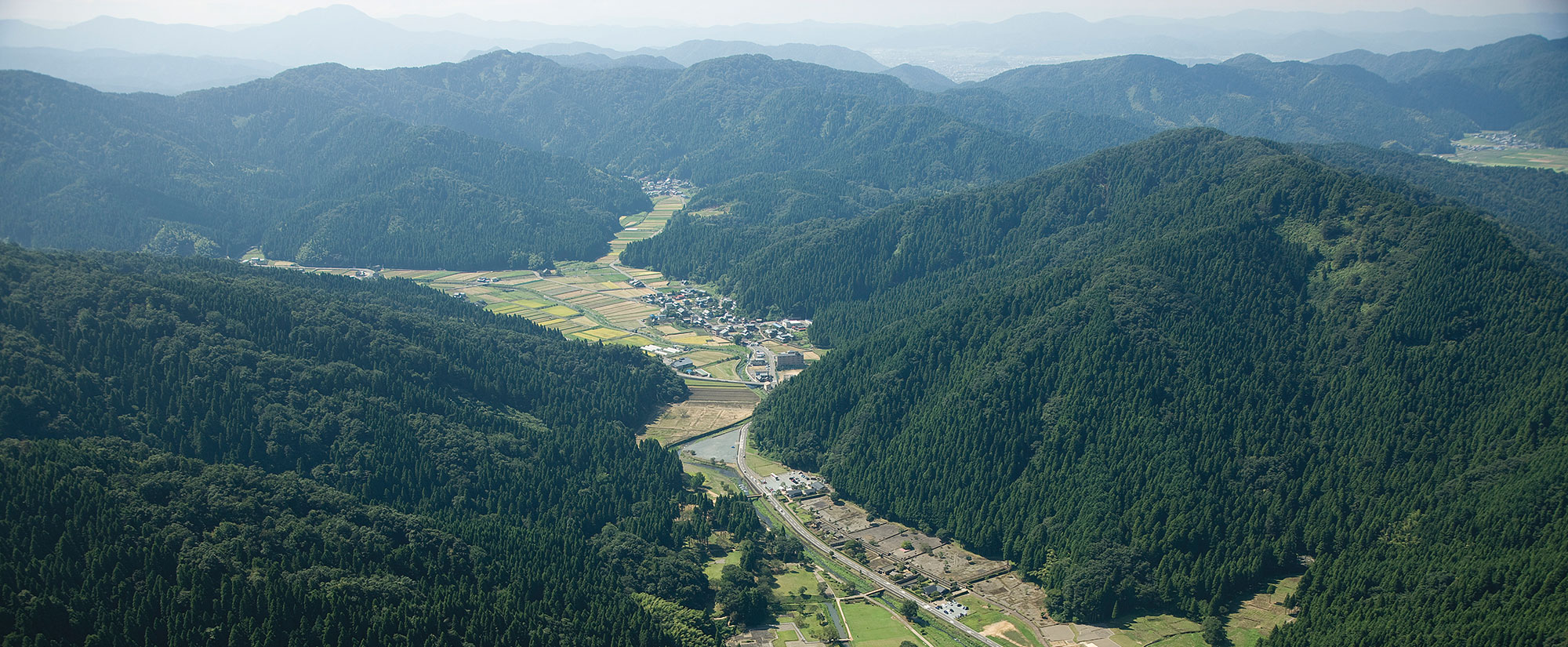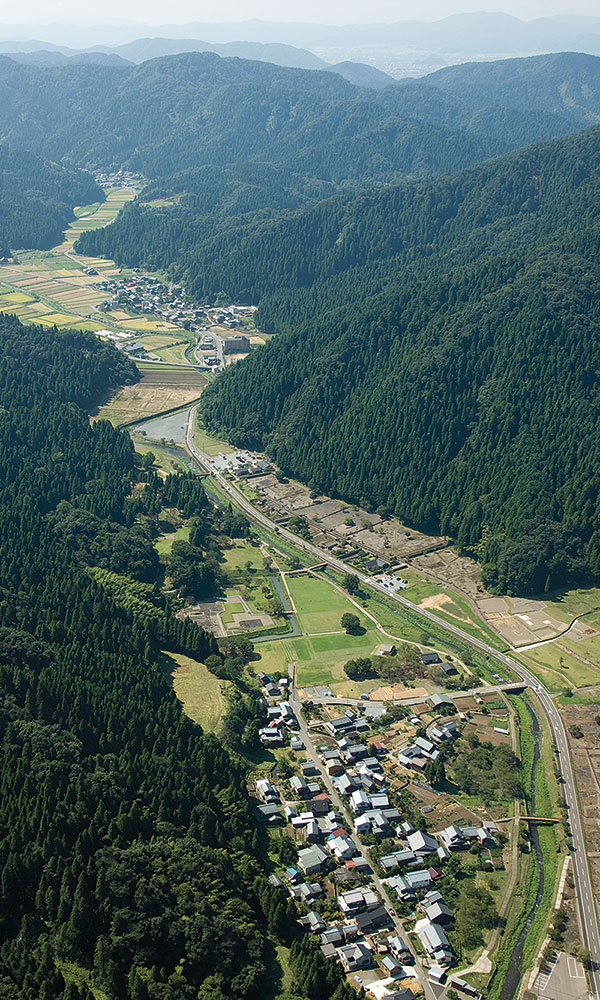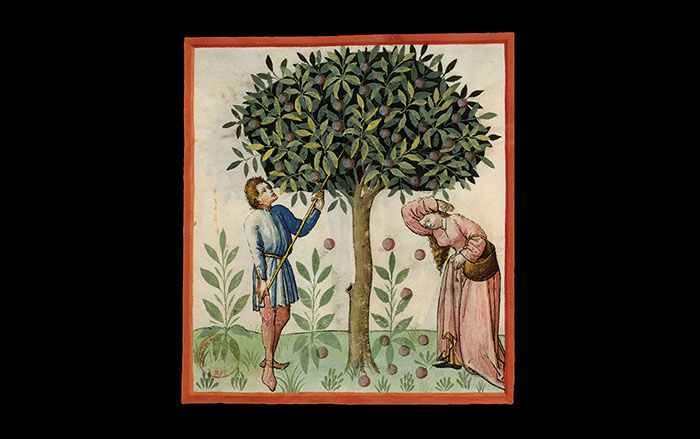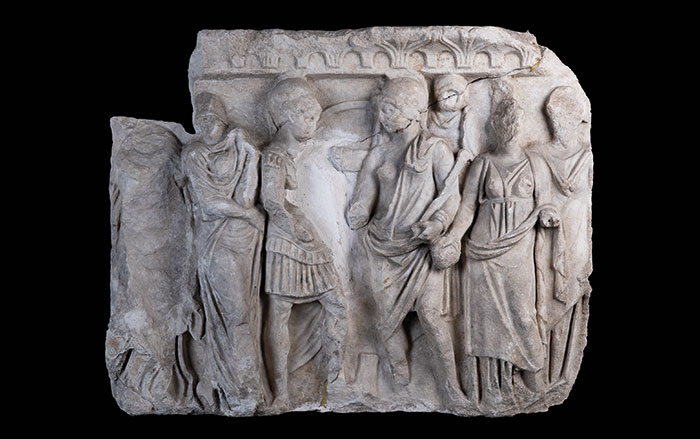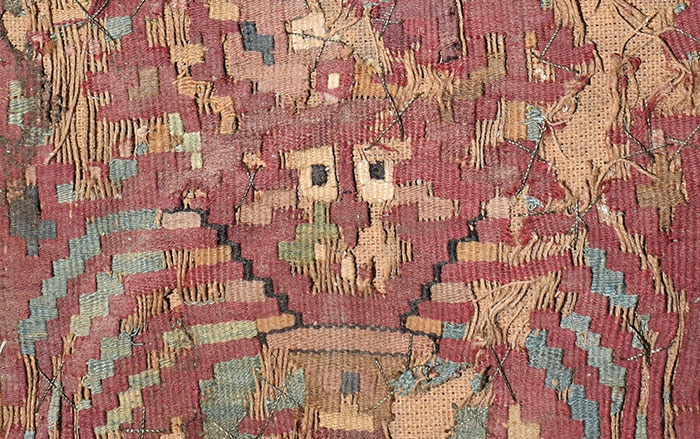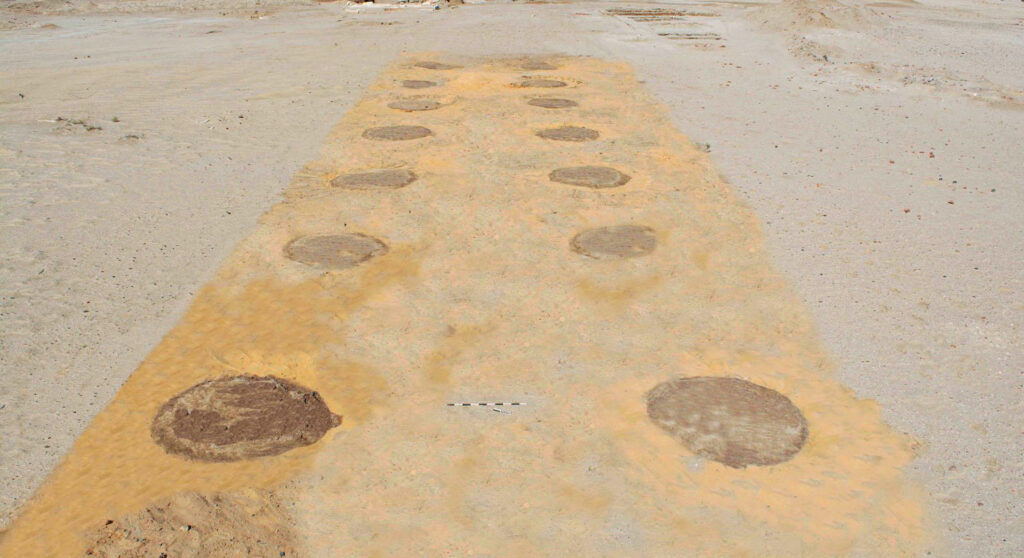
TELL ABU SAIFI, EGYPT—Ahram Online reports that an Egyptian archaeological mission under the auspices of the Supreme Council of Antiquities made several new discoveries at the site of Tell Abu Saifi in the Sinai Desert. Throughout history, the region was one of Egypt’s most strategically important sites as it was essential to protecting its eastern borders. Previous excavations had already revealed two significant military fortresses, one dating to the Ptolemaic period and another to the Roman era. But the team has now uncovered four corners of an ancient structure that may belong to an even older fortification. In addition, archaeologists revealed a massive Ptolemaic-era defensive ditch and Roman soldiers’ barracks, which have provided new insight into the daily lives of the troops stationed at the site in the third century a.d. during the reigns of the Roman emperors Diocletian and Maximian. Perhaps most noteworthy was the discovery of a stretch of road measuring 330 feet long and 35 feet wide that was paved with limestone blocks. Although Roman in date, it was built atop an earlier Ptolemaic road. Lining each side of the street were more than 500 circular clay pits, which the researchers believe were used to plant trees that adorned the fortress entrance. “This discovery offers a deeper understanding of the defensive systems established in eastern Egypt and reaffirms Tell Abu Saifi's historical role as both a military and industrial hub across various eras,” said Minister of Tourism and Antiquities Sherif Fathy. To read about the identification of hundreds of Roman forts across Syria and Iraq using satellite imagery, go to "Around the World: Syria."


